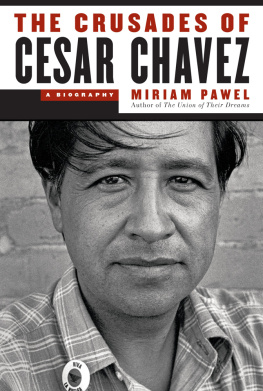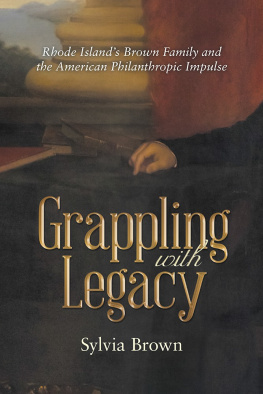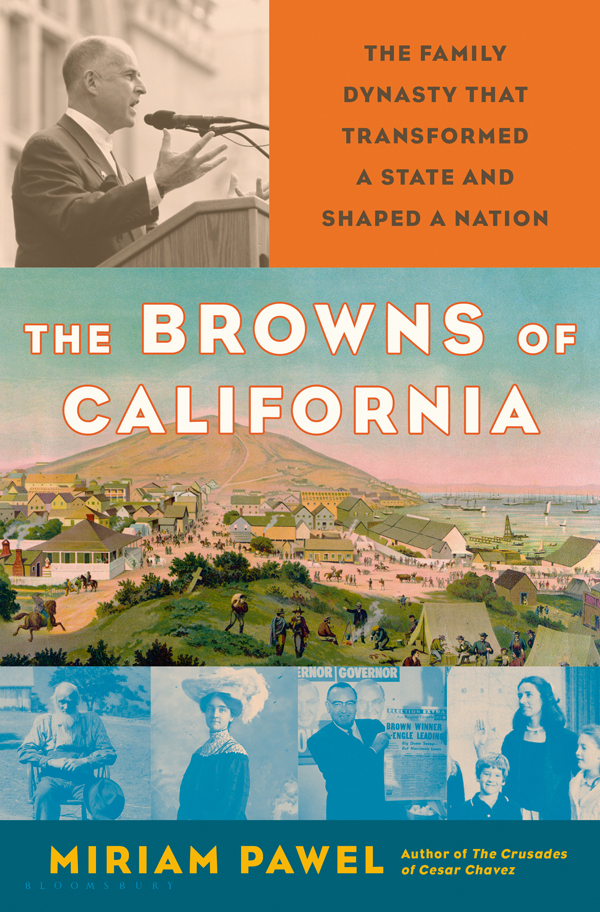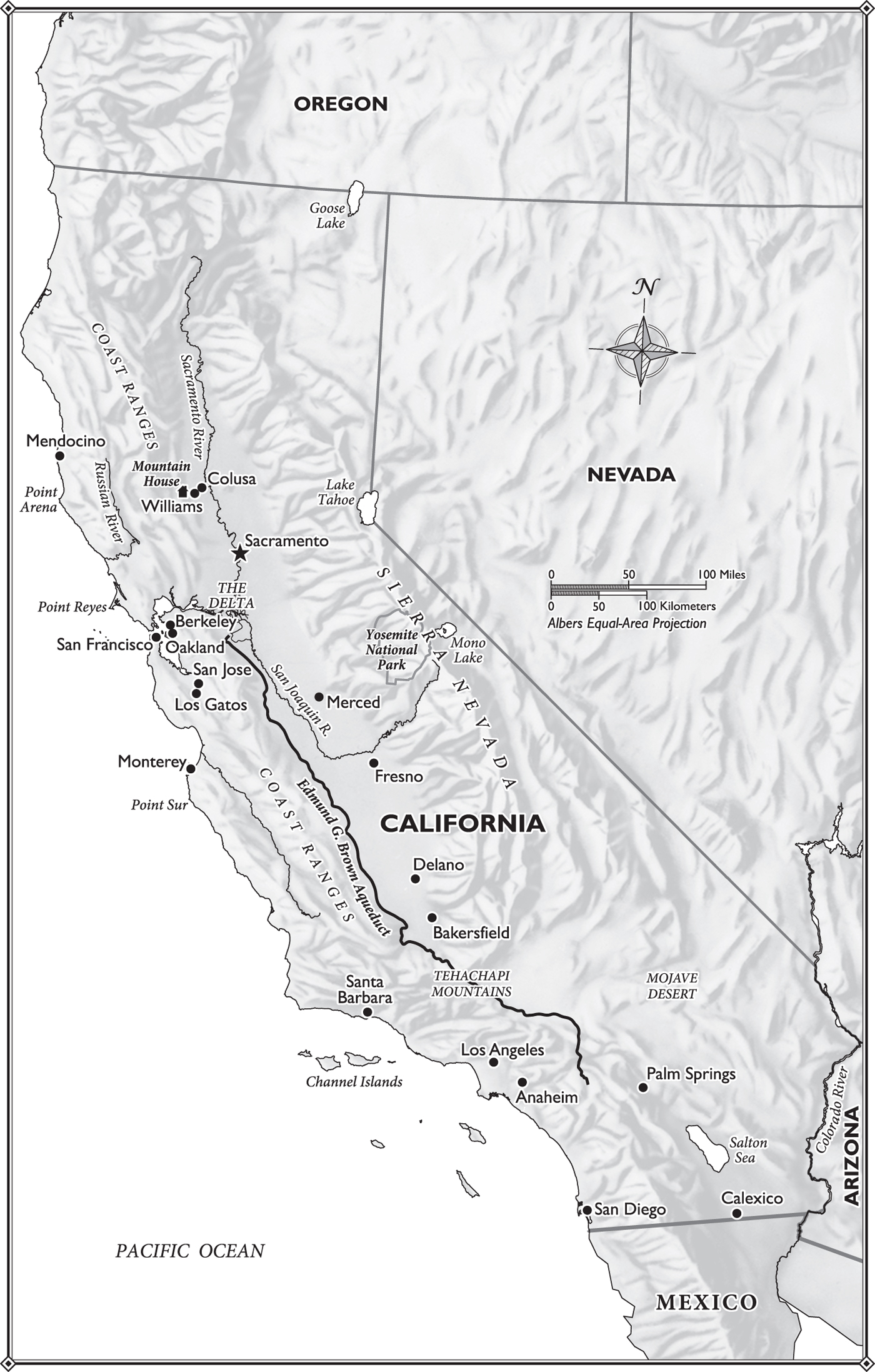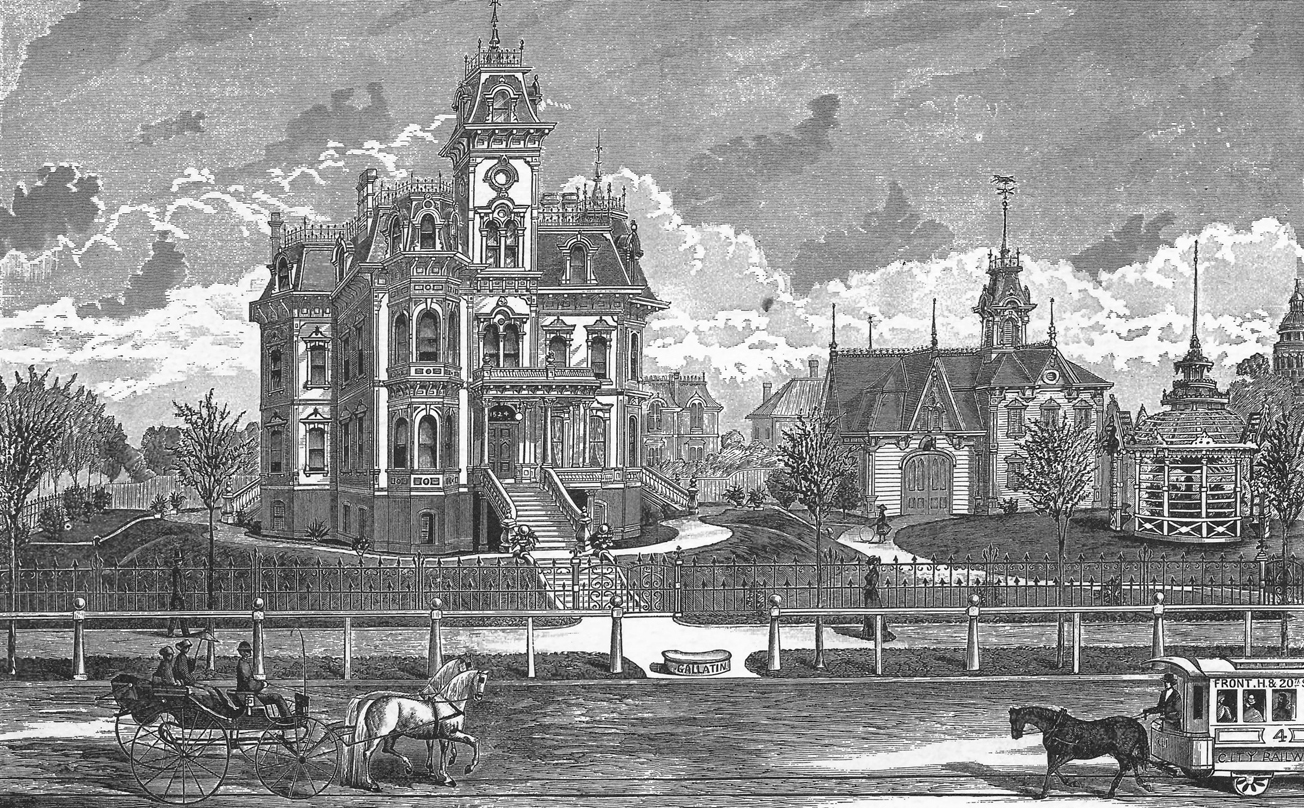Miriam Pawel - The Browns of California: The Family Dynasty that Transformed a State and Shaped a Nation
Here you can read online Miriam Pawel - The Browns of California: The Family Dynasty that Transformed a State and Shaped a Nation full text of the book (entire story) in english for free. Download pdf and epub, get meaning, cover and reviews about this ebook. year: 2018, publisher: Bloomsbury Publishing, genre: Non-fiction. Description of the work, (preface) as well as reviews are available. Best literature library LitArk.com created for fans of good reading and offers a wide selection of genres:
Romance novel
Science fiction
Adventure
Detective
Science
History
Home and family
Prose
Art
Politics
Computer
Non-fiction
Religion
Business
Children
Humor
Choose a favorite category and find really read worthwhile books. Enjoy immersion in the world of imagination, feel the emotions of the characters or learn something new for yourself, make an fascinating discovery.

- Book:The Browns of California: The Family Dynasty that Transformed a State and Shaped a Nation
- Author:
- Publisher:Bloomsbury Publishing
- Genre:
- Year:2018
- Rating:5 / 5
- Favourites:Add to favourites
- Your mark:
The Browns of California: The Family Dynasty that Transformed a State and Shaped a Nation: summary, description and annotation
We offer to read an annotation, description, summary or preface (depends on what the author of the book "The Browns of California: The Family Dynasty that Transformed a State and Shaped a Nation" wrote himself). If you haven't found the necessary information about the book — write in the comments, we will try to find it.
ALos Angeles TimesBestseller
Publishers WeeklyTop Ten History Books for Fall
A Pulitzer Prizewinning journalists panoramic history of California and its impact on the nation, from the Gold Rush to Silicon Valley--told through the lens of the family dynasty that led the state for nearly a quarter century.
Even in the land of reinvention, the story is exceptional: Pat Brown, the beloved father who presided over California during an era of unmatched expansion; Jerry Brown, the cerebral son who became the youngest governor in modern times--and then returned three decades later as the oldest.
InThe Browns of California, journalist and scholar Miriam Pawel weaves a narrative history that spans four generations, from August Schuckman, the Prussian immigrant who crossed the Plains in 1852 and settled on a northern California ranch, to his great-grandson Jerry Brown, who reclaimed the family homestead one hundred forty years later. Through the prism of their lives, we gain an essential understanding of California and an appreciation of its importance.
The magisterial story is enhanced by dozens of striking photos, many published for the first time. This book gives new insights to those steeped in California history, offers a corrective for those who confuse stereotypes and legend for fact, and opens new vistas for readers familiar with only the sketchiest outlines of a place habitually viewed from afar with a mix of envy and awe, disdain, and fascination.
Miriam Pawel: author's other books
Who wrote The Browns of California: The Family Dynasty that Transformed a State and Shaped a Nation? Find out the surname, the name of the author of the book and a list of all author's works by series.

